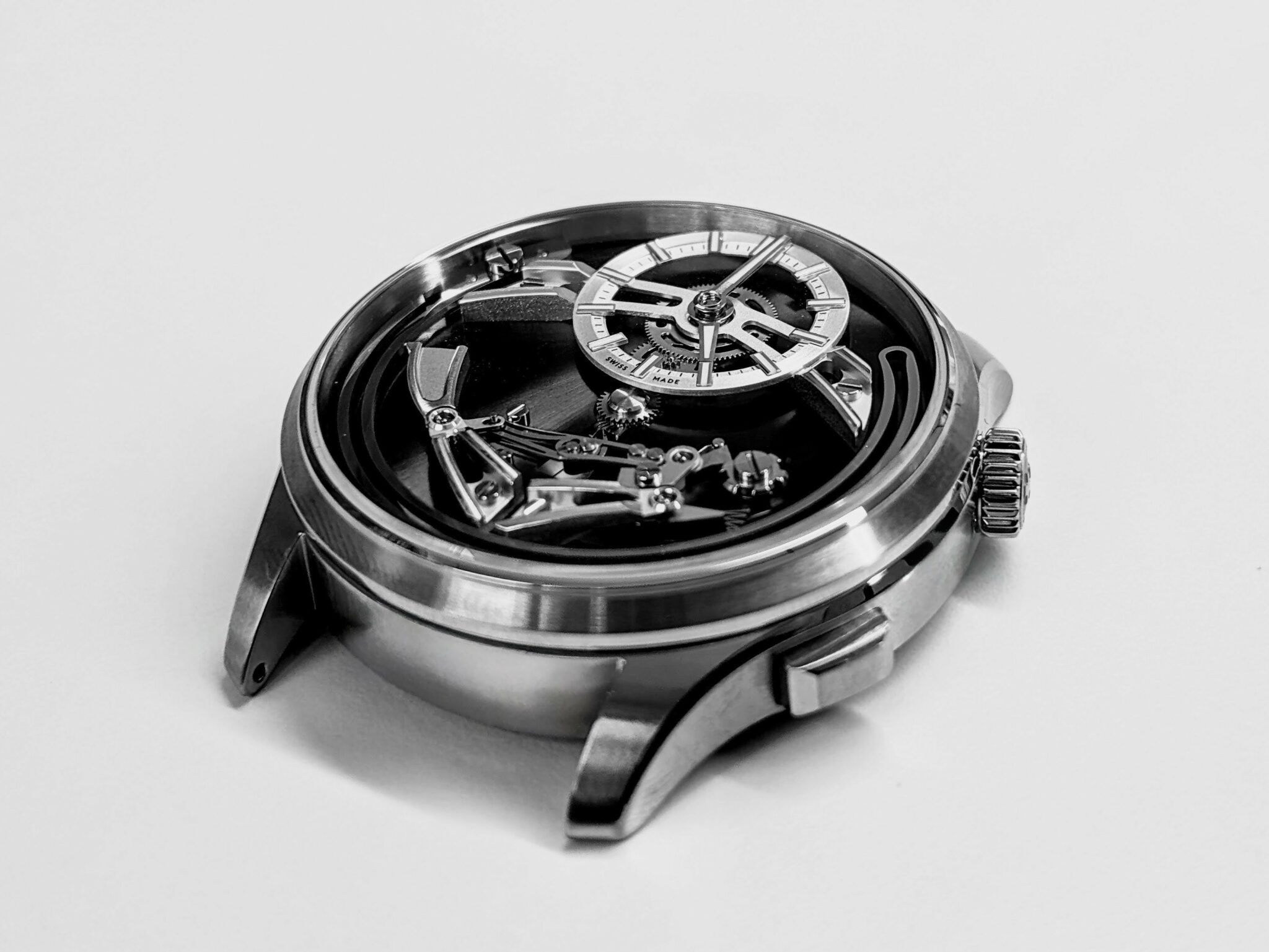
Watches made in Switzerland by a company established in London is certainly a proven recipe, as Hans Wilsdorf can attest. Once upon a time, England was also where the best watches were produced. While the nation failed to transition to the industrial era of watchmaking, its relevance on the horological scene never fully vanished. The British Watchmakers’ Day held earlier this month illustrates the vibrant mood on the other side of the Channel. Spearheading the movement is the collectors’ affordable sweetheart, Christopher Ward.
The British and Swiss duality of Christopher Ward is about more than a right brain, left brain juxtaposition where one side imagines and the other one builds. The British appetite for disruption (in certain areas) and the unique know-how at the heart of Swiss watchmaking are brought together in an ambitious 1+1 = 3 mindset, aiming for the best of both worlds.
The origins
Christopher Ward was established 20 years ago on two main premises. First, the objective of creating something quintessentially British in spirit, even if Swiss Made. That’s why, among the three founders, Christopher Ward’s name was chosen for the brand: it was the most British-sounding. In a similar vein, the first models were launched from a traditional farm in Berkshire, in South East England.
The other founding pillar was to provide «the cheapest most expensive watch in the world.» Stunned by the common mark-ups in watchmaking, the founders established an online direct-to-consumer model with the promise of never exceeding a threefold margin over the manufacturing price. Thanks to a review that went viral on the Timezone forum, Christopher Ward immediately built a reputation in the watch community for the exceptional value provided. The brand’s tagline – “do your research” – shows how well they understand us watch nerds.
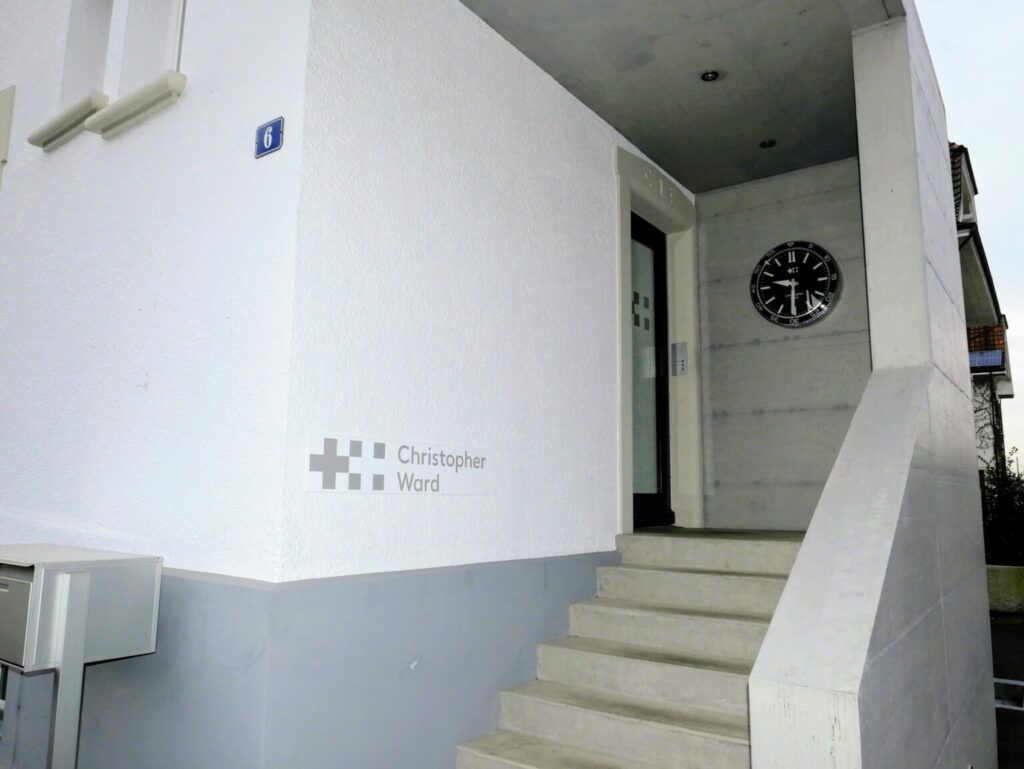
In-house production in Bienne
A key milestone in the brand’s development took place in 2008. CW started to work with Synergies Horlogères, a watchmaking company established in Bienne, owned and led by Jörg Bader Sr. Today, I’m sitting with his son, Jörg Bader Jr, who heads up Product for Christopher Ward. The Swiss company merged 10 years ago with its British customer. All Ward watches have since been produced here in Switzerland, under a single roof. Bader Sr is now among the four private owners of CW, along with Mike France, the CEO, co-founder Peter Ellis and the British Growth Fund.
The brand’s early hits included creations by Synergie Horlogère’s then master watchmaker, Johannes Jahnke, who now runs technical development at Sellita. Among them, the C9 Jumping Hour series and the C900 single pusher, based on highly modified ETA calibres. In 2014, in an unexpected turn for such a small brand and its price point, Christopher Ward announced its own in-house movement, Calibre SH21.
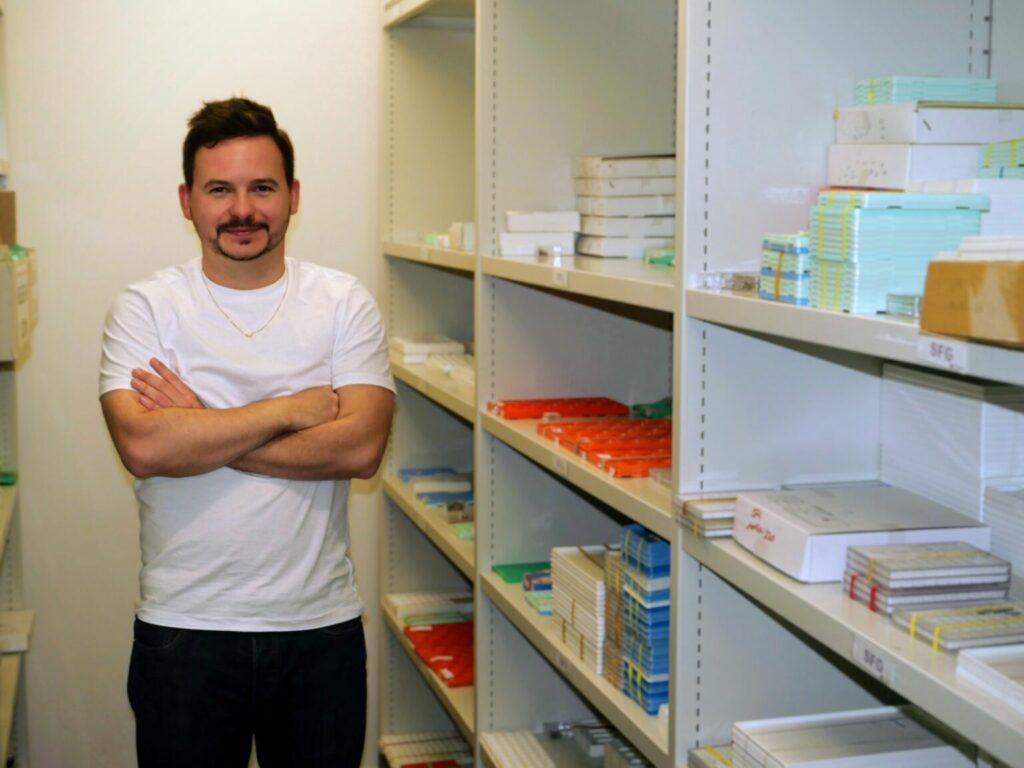
Making and sourcing
The Christopher Ward Swiss HQ is located on Chemin de la Clôture, facing the Jura hills, a few hundred meters away from Omega and Swatch. What struck me most, speaking to Jörg Bader Jr, is how deep he and his teams go. They’re on a constant quest to improve, perfect, and push the limits. If they can do it in-house, they go ahead. If not, they look for the most suitable supplier in the region. And that is key. No one in the Swiss watch industry produces everything internally. Understanding the subtle and complex web of independent suppliers is essential to innovating, and delivering. Taking advantage of the decades of experience of his father, and now his own – since starting as a packaging boy in the company 12 years ago – Bader spends as much time managing his teams as he does making things happen with their suppliers.
Another aspect that struck me in our conversation is the company’s data-driven approach. Not a surprise from the first watch brand to sell exclusively online from day one. Still, I wasn’t expecting a McKinsey-like presentation in the conference room a few minutes after entering the building. The brand aims to know its 158,000 customers in a precise, quantified way to optimizing offerings, costs and timelines. Data is arguably the key recipe behind the value proposition of CW pieces.
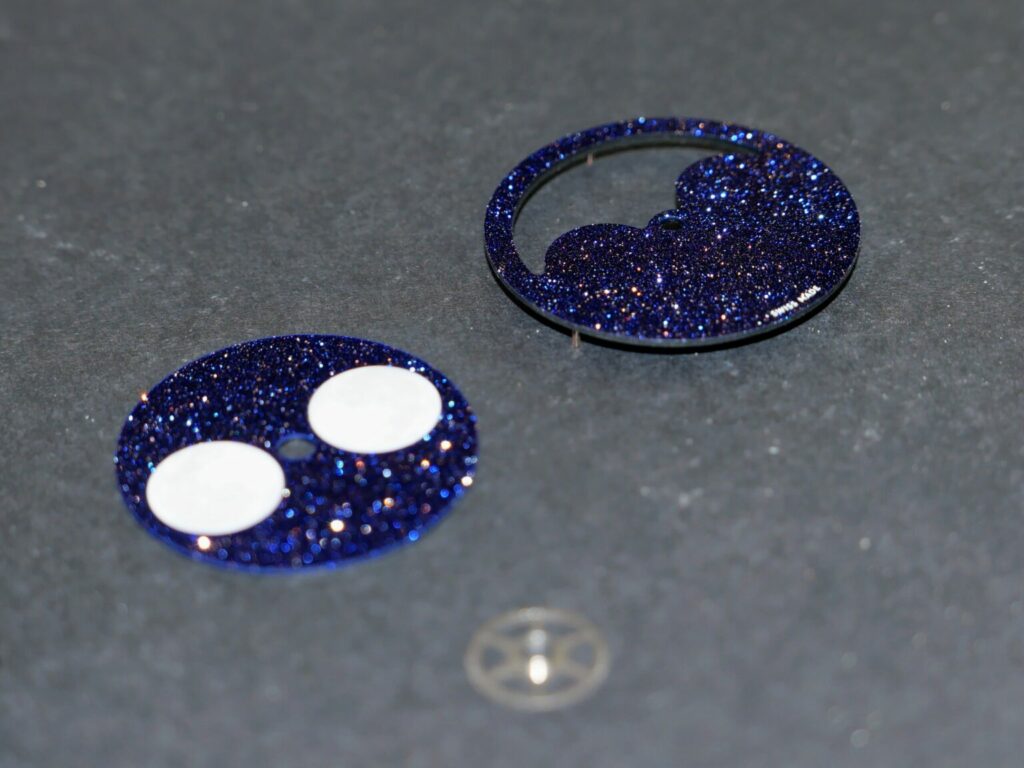
New heights
In recent years, Christopher Ward has reached new levels. In 2023, the C1 Moonphase captured the attention of many. The oversized moon of the most romantic watch complication rendered on a lovely aventurine dial was an instant success. At 2,175 CHF, it particularly stands out on the watch market. The piece is available but ordering today will require a couple months of waiting. I was fortunate to see some moonphases being worked on downstairs, in the spacious, naturally-lit assembly room. I was nervous watching the operator handle the fragile night-sky dial, but she clearly knew exactly what she was doing. The real danger was probably coming from the clumsy spectator staring at her.
The C1 Moonphase was a sequel to the C1 Moonglow, itself coming after the C1 Grand Malvern Moonphase and the C9 Moonphase. Like them, various models became fan favorites. The Twelve, and its integrated bracelet, the C65 Super Compressor and Dune C65 GMT are a few examples. Well, I guess that’s about it. Sorry, what? What is that sound? Are we near a cathedral or something? Wait, is it coming from a watch? Silly me! I almost forgot to mention what has already become the brand’s most iconic piece: the Bel Canto.
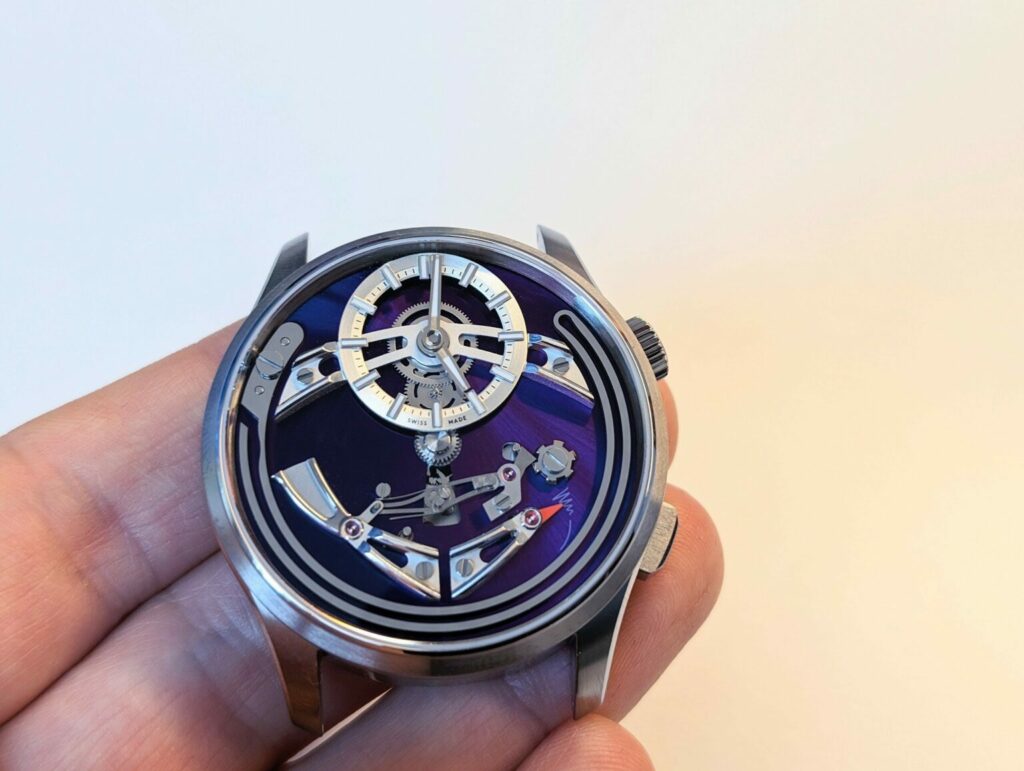
The sound of success
The Bel Canto’s movement, conceived by Christopher Ward master watchmaker Frank Stelzer, is architected out of the JJ01 jumping hour launched in 2011. Despite the great idea of using it as a basis for another function with more in common than one might think, the transition was no small feat. The new calibre required 50 additional pieces. Still, the ingenious mindset that led to seeing how striking a star to change the hour could be repurposed into a chime is characteristic of what CW is about: thinking different, to offer unique Swiss watchmaking at an unbeatable price.
Dozens of designs, under the direction of Will Brackfield, Frank Stelzer, and Adrian Buchmann, and as many calculations, testing and prototyping, were necessary to reach the instantly recognizable piece we know today. The Bel Canto not only pleases the ear every sixty minutes but also the eye. All you see is intentional. «The three bridges and the hammer are finished by hand,» explained Jörg Bader Jr, another key player in the chiming wonder.
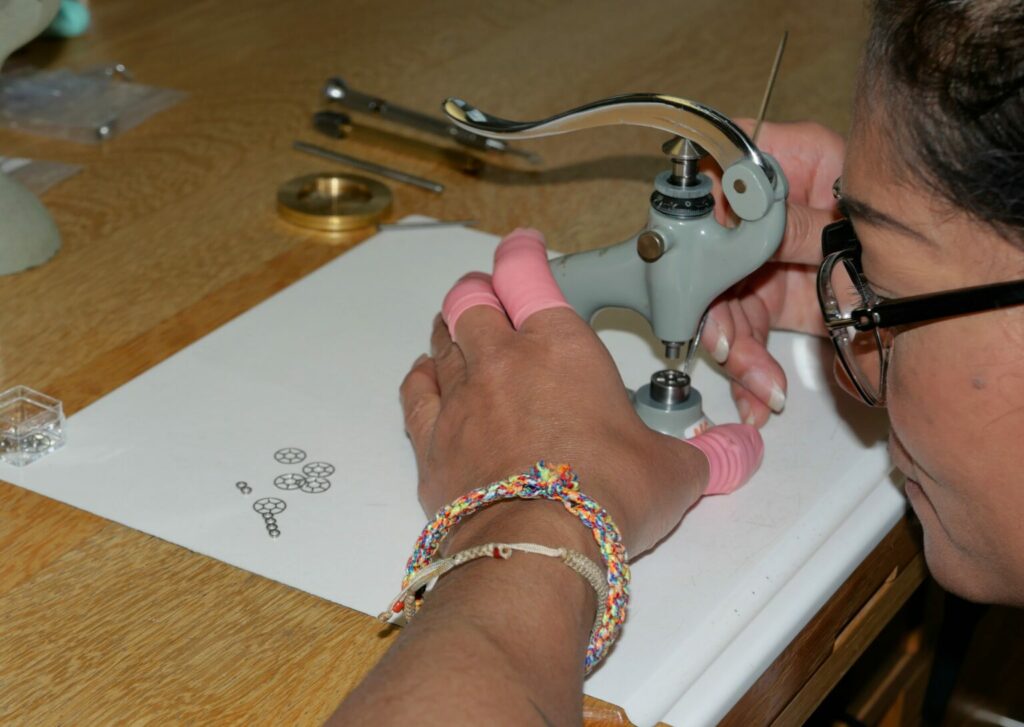
Starting at 3,550 CHF, the release took the watch world by storm. Swiss watches with a sonnerie au passage complication typically start with an extra digit. The only notable exception, in a less spectacular format, is the Meistersinger Bell Hora… also developed by Christopher Ward! It served as a canvas for the Bel Canto. If, like me, you’re wondering why CW produced a movement for another brand, it’s because of a “long term business friendship” back from when Bader Sr’s company was still independent.
When the Bel Canto was released, in blue, the 300 pieces sold out in six hours. A few days after, the green dial, initially planned for much later, did the same, in three hours. Today, if you want to order one, among the colors still available, you’ll have to wait until October. Kudos to the brand for such a transparent ordering and waiting process. Anyone who’s been on an opaque waiting list for a sought-after model will surely appreciate the difference.
The Bel Canto is currently the highest priced among the brand’s offerings. Starting at 735 CHF for an automatic C63 Sealander, the lineup includes the 2,175 CH C1 Moonphase and The Twelve, in its fully integrated bracelet version, from 1,170 CH. Impressively, they all come with a five year warranty and 60 days to send the watch back.
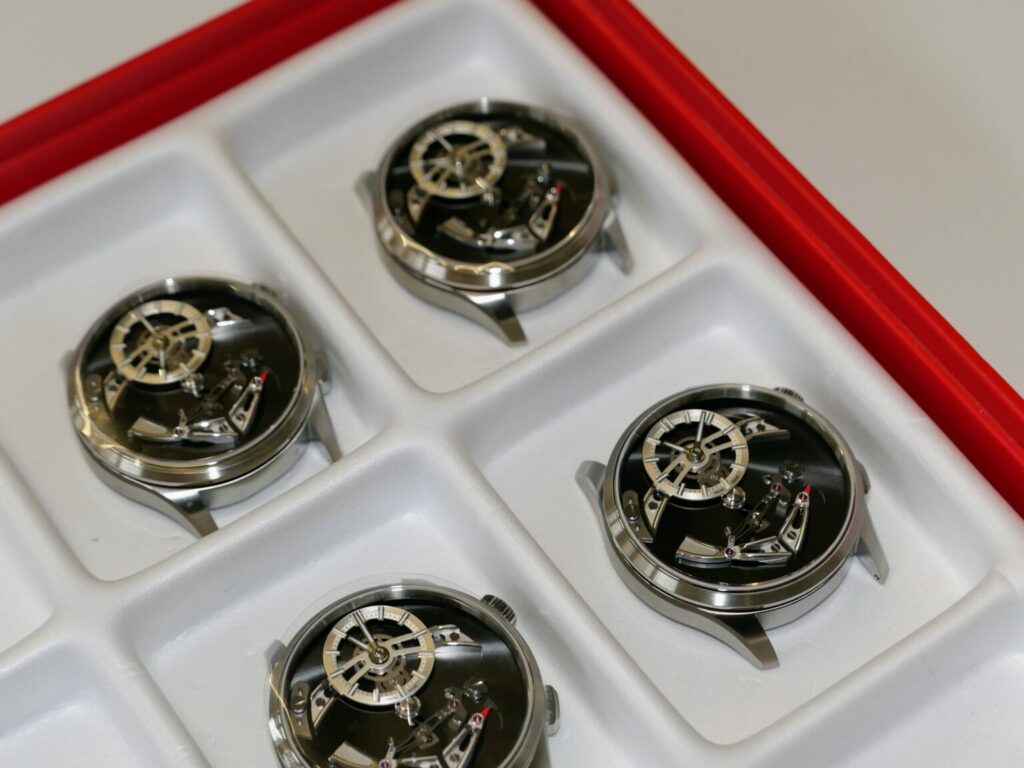
And now what?
The obvious question I had for Jörg Bader Jr was: what’s next? “We know how to create demand. Success will be about our ability to meet it,” he said. A lot of the work is now happening behind the scenes on long term investment. Things you may not immediately notice in the next watch releases but that are critical to the company’s sustainable long term growth.
As I walked back to my car, alongside the football pitch where Rolex and Omega employees often share a side, I felt the need to pause. The quantity of topics, ideas and processes I had witnessed over just a few hours seemed disproportionately large, and fast, for a company of 75, in total, across both countries. The energy, drive and ambition emanating from Jörg Bader Jr and his team felt like a swirl. In French, we call that a tourbillon. Maybe a hint of what’s coming next?


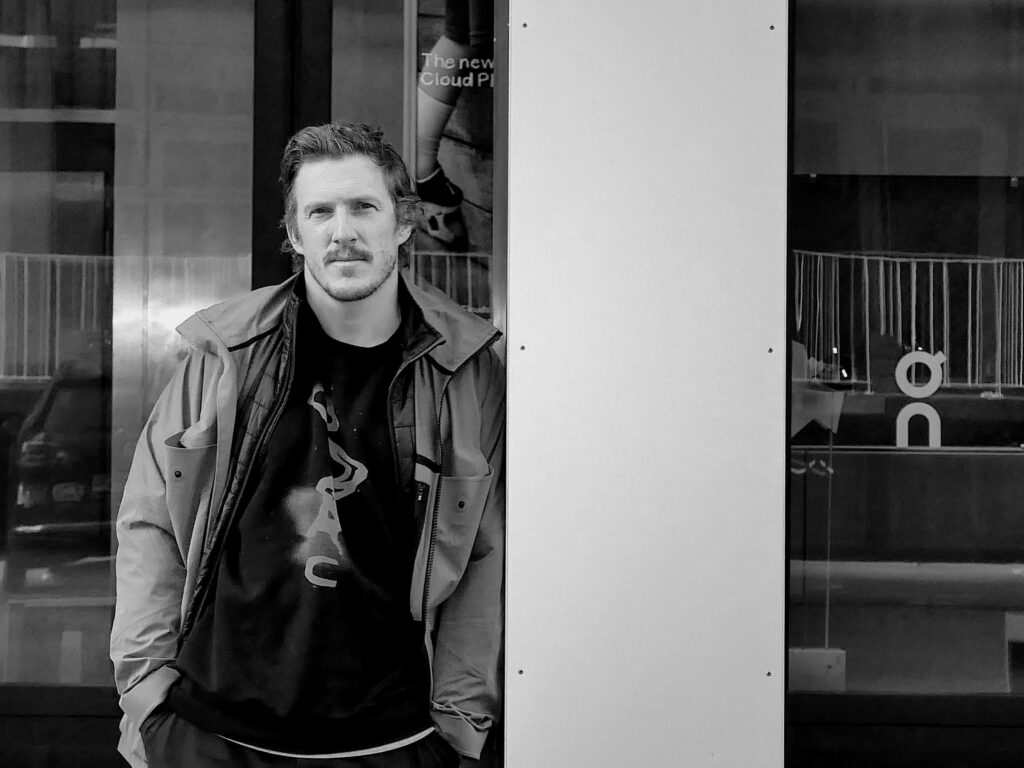
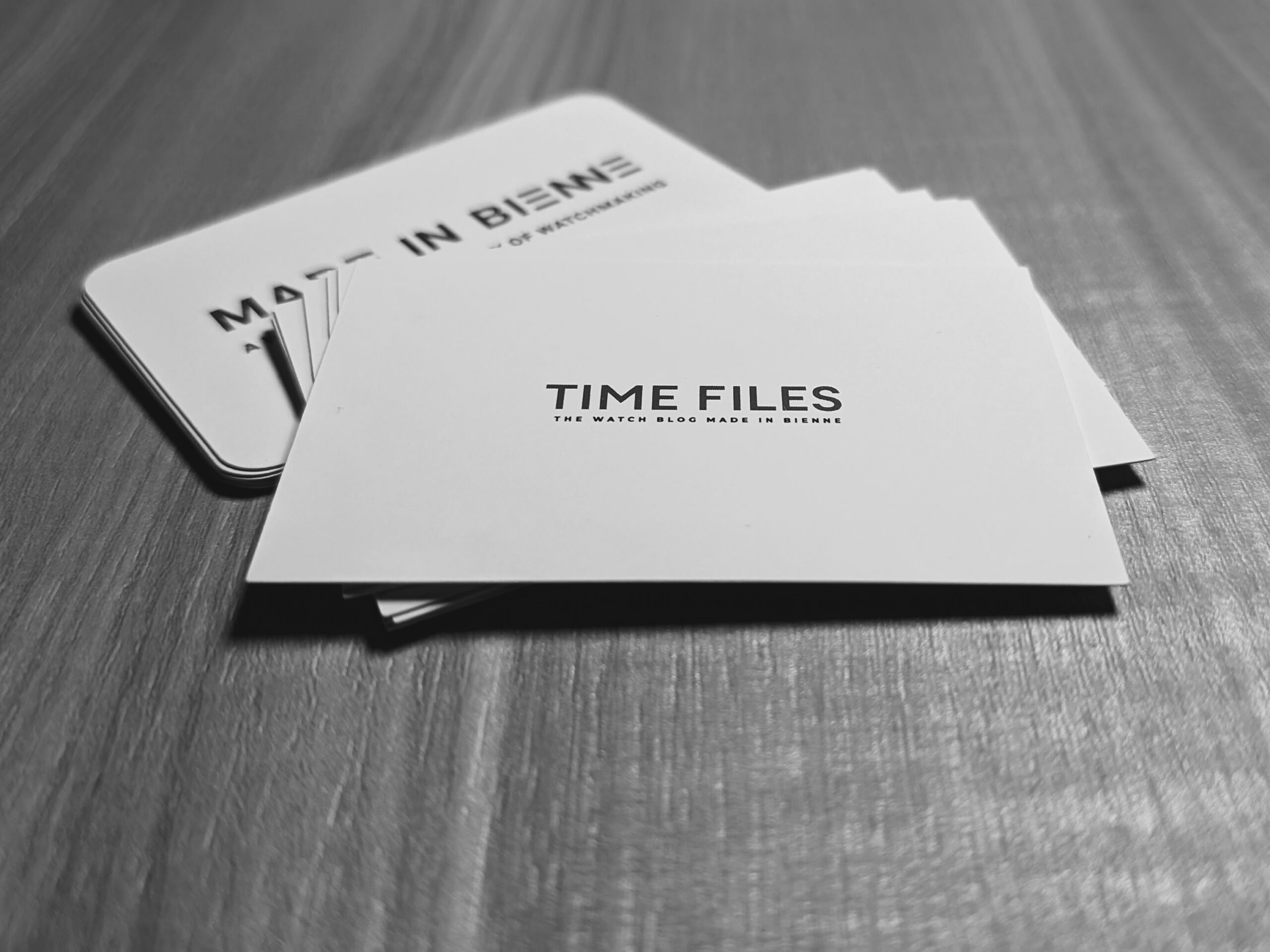
I had not realized everything was so integrated in Switzerland… and in Bienne!